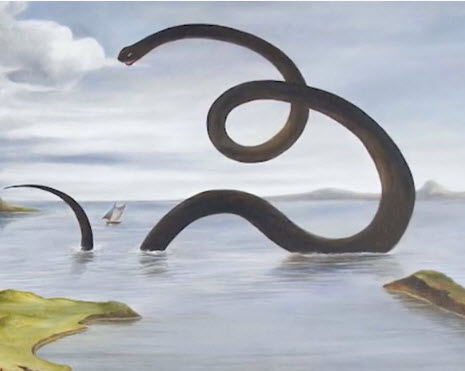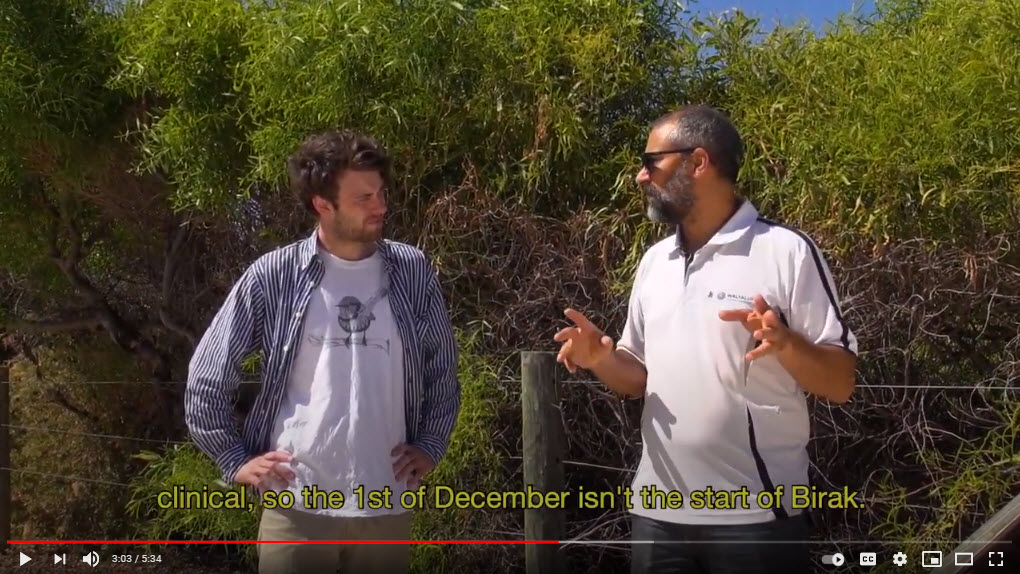Indigenous History
Indigenous heritage
The Whadjuk people (part of the Noongar language group) have had a close connection with the Fremantle area (Walyalup) for tens of thousands of years. This is a place of plentiful resources as well as a place of spiritual meaning where ancestors have walked, camped, hunted and fished, naming the features they saw.
The accepted Noongar word for Fremantle (both sides of the river) is Waylyup meaning 'lungs' (which was recorded in 1833 as told by Yagan, a Noongar leader).
The 'lungs' name refers to the air movement up and down the river because the easterly wind travels down from the hills and along the river to Fremantle in the morning and the sea breeze travels from the sea along the river in the afternoon.
The Whadjuk people are acknowledged as the Traditional Custodians of the Walyalup area, and their cultural and heritage beliefs are important.
Walyalup/Fremantle is the country on both banks of the Derbal Yerrigan (Swan River). The story of how the land once extended past Rottnest but had been inundated by the sea is one of the oldest oral traditions in human history. The mouth of the Swan River is the place where the Wagyl fought the crocodile spirit and used the crocodile’s tail to separate the freshwater from saltwater.
There is also a strong connection to Rottnest Island (Wadjemup or place across the sea).
The Fremantle area was traditionally associated with the totemic Dingo spirit (dwerda).
Manjaree, the area around Bathers Beach, was a place of trading and ceremonies.
See the video below about the Indigenous history of the port area here.


Find out how you can explore the port or get ferry and cruise info...
